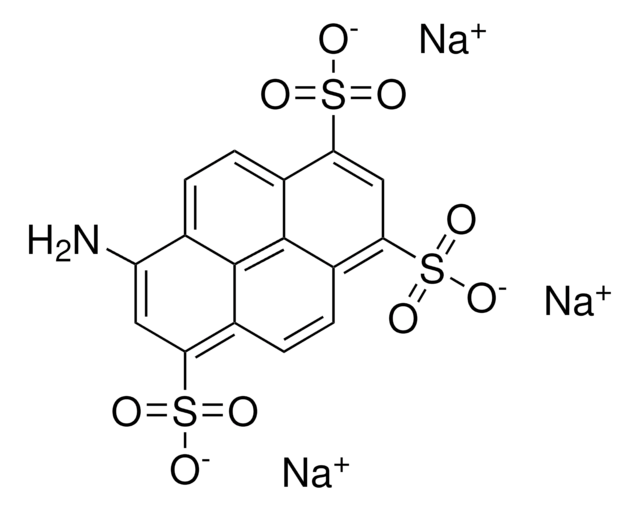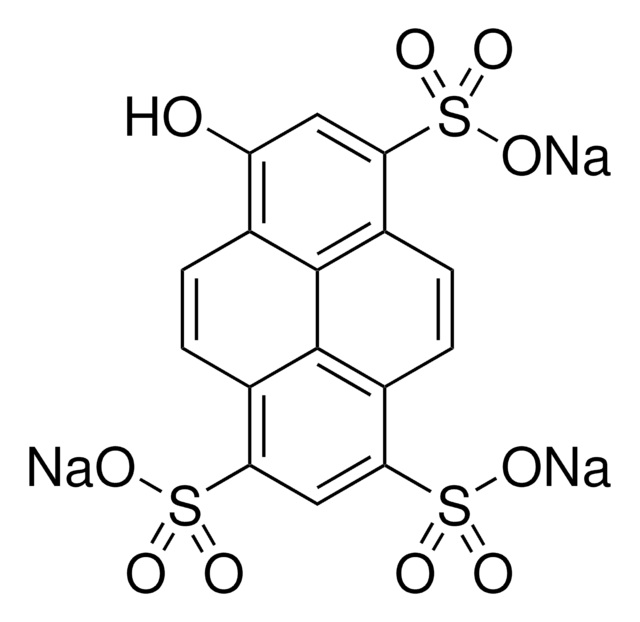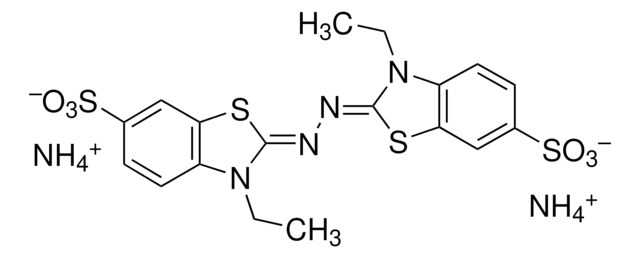A7506
L-acide ascorbique
reagent grade, crystalline
Synonyme(s) :
Acide L-thréoascorbique, Facteur anti-scorbut, Vitamine C
About This Item
Produits recommandés
Source biologique
synthetic
Niveau de qualité
Qualité
reagent grade
Pureté
≥98% ( with iodine, titration)
Forme
crystalline
Technique(s)
HPLC: suitable
cell culture | stem cell: suitable
Couleur
white to slightly yellow
pH
1.0-2.5 (25 °C, 176 g/L in water)
Pf
190-194 °C (dec.)
Solubilité
water: soluble 50 mg/mL
Température de stockage
room temp
Chaîne SMILES
OC([C@]([C@@H](O)CO)([H])O1)=C(O)C1=O
InChI
1S/C6H8O6/c7-1-2(8)5-3(9)4(10)6(11)12-5/h2,5,7-10H,1H2/t2-,5+/m0/s1
Clé InChI
CIWBSHSKHKDKBQ-JLAZNSOCSA-N
Informations sur le gène
human ... SLC23A2(9962)
Vous recherchez des produits similaires ? Visite Guide de comparaison des produits
Description générale
Application
- as a chondrogenic medium component for culturing bone-derived mesenchymal stem cells (BMSCs)(149)
- as a reference standard in high-performance liquid chromatography system (HPLC)(150)
- to test its effect on human gastric cancer GES-1 and AGS cells(151)
Actions biochimiques/physiologiques
Attention
Code de la classe de stockage
11 - Combustible Solids
Classe de danger pour l'eau (WGK)
WGK 1
Point d'éclair (°F)
Not applicable
Point d'éclair (°C)
Not applicable
Équipement de protection individuelle
Eyeshields, Gloves, type N95 (US)
Certificats d'analyse (COA)
Recherchez un Certificats d'analyse (COA) en saisissant le numéro de lot du produit. Les numéros de lot figurent sur l'étiquette du produit après les mots "Lot" ou "Batch".
Déjà en possession de ce produit ?
Retrouvez la documentation relative aux produits que vous avez récemment achetés dans la Bibliothèque de documents.
Les clients ont également consulté
Notre équipe de scientifiques dispose d'une expérience dans tous les secteurs de la recherche, notamment en sciences de la vie, science des matériaux, synthèse chimique, chromatographie, analyse et dans de nombreux autres domaines..
Contacter notre Service technique





